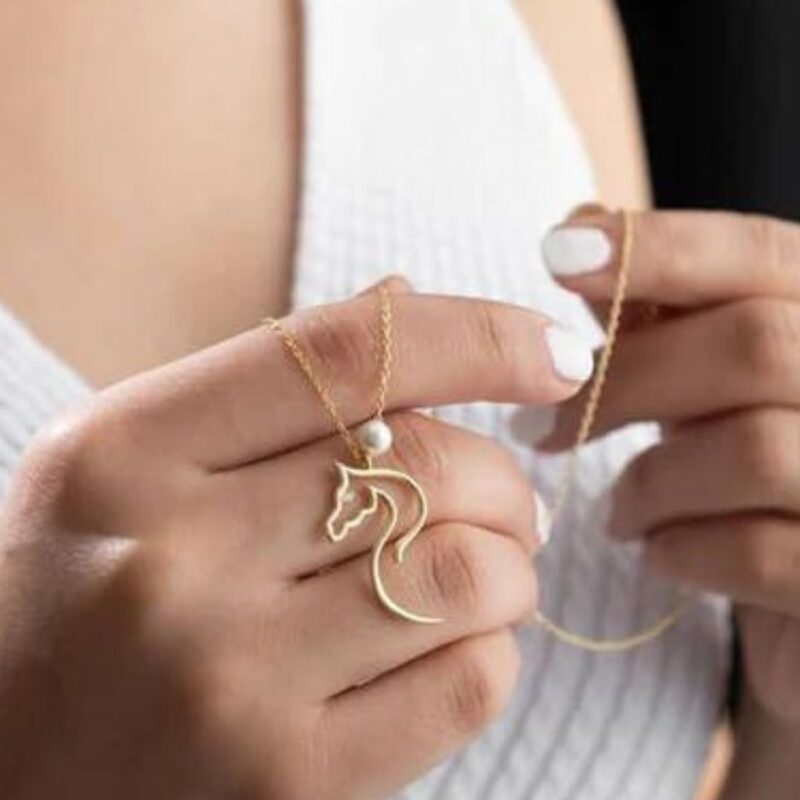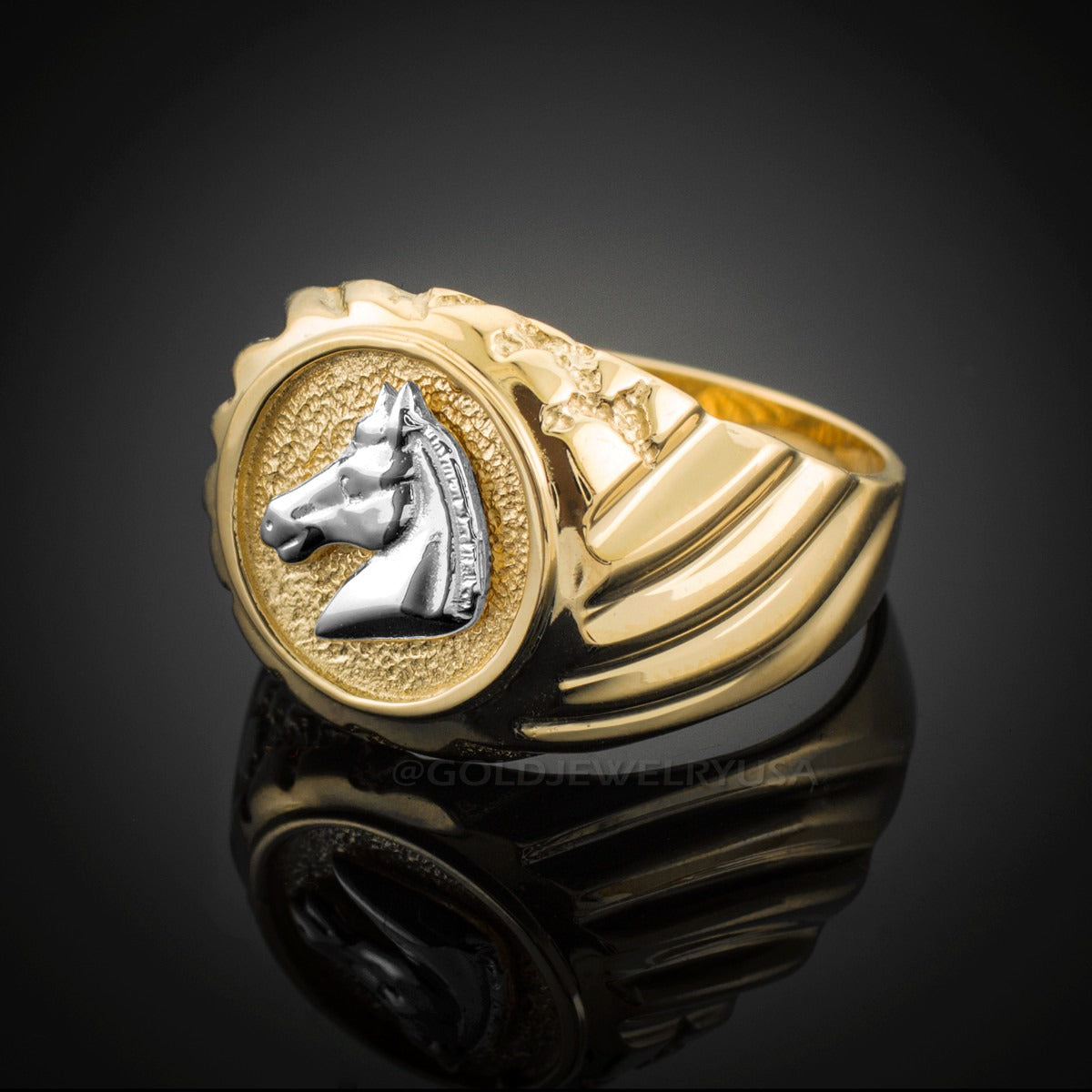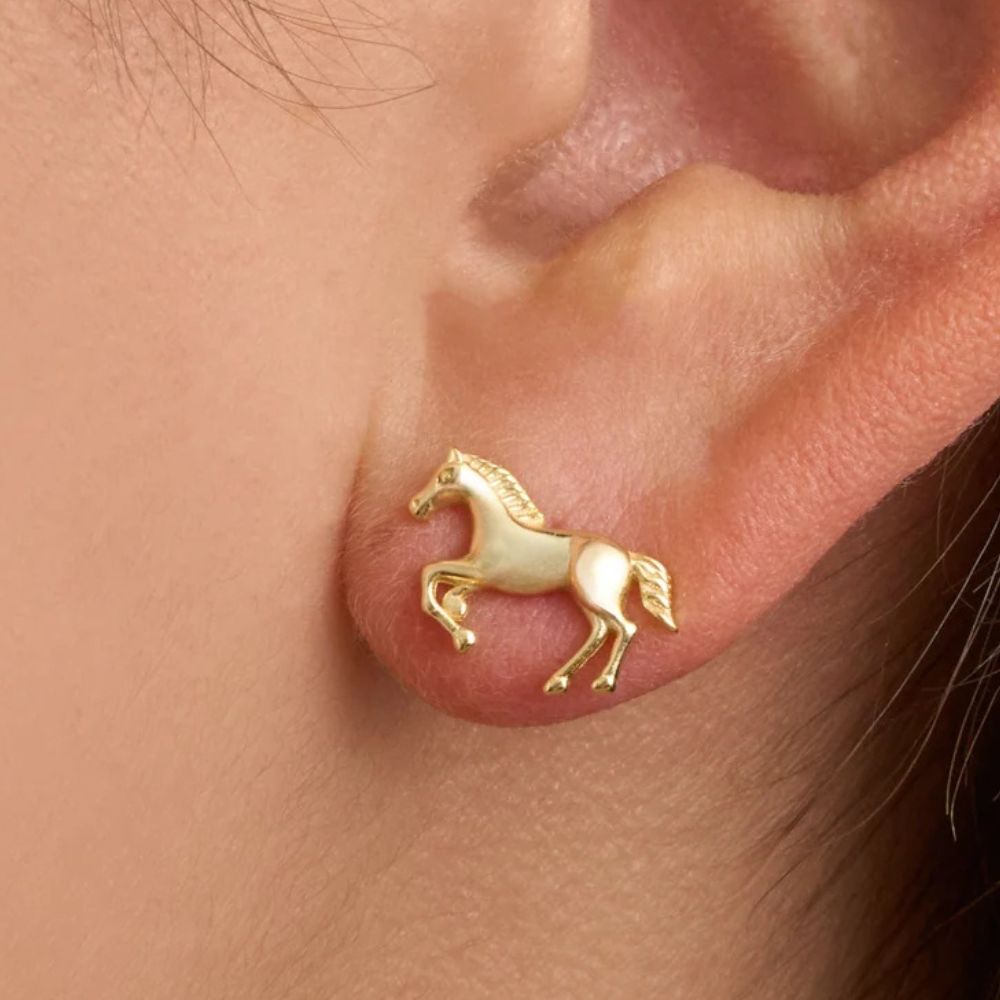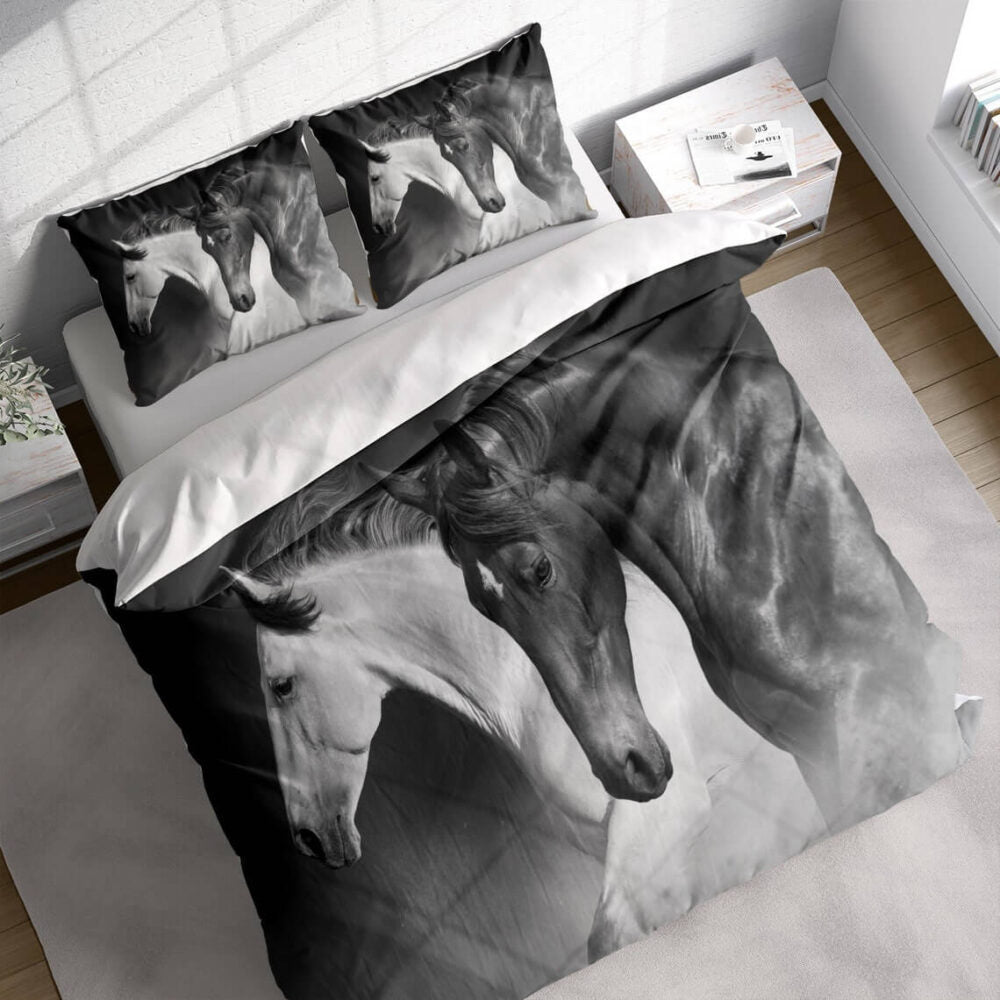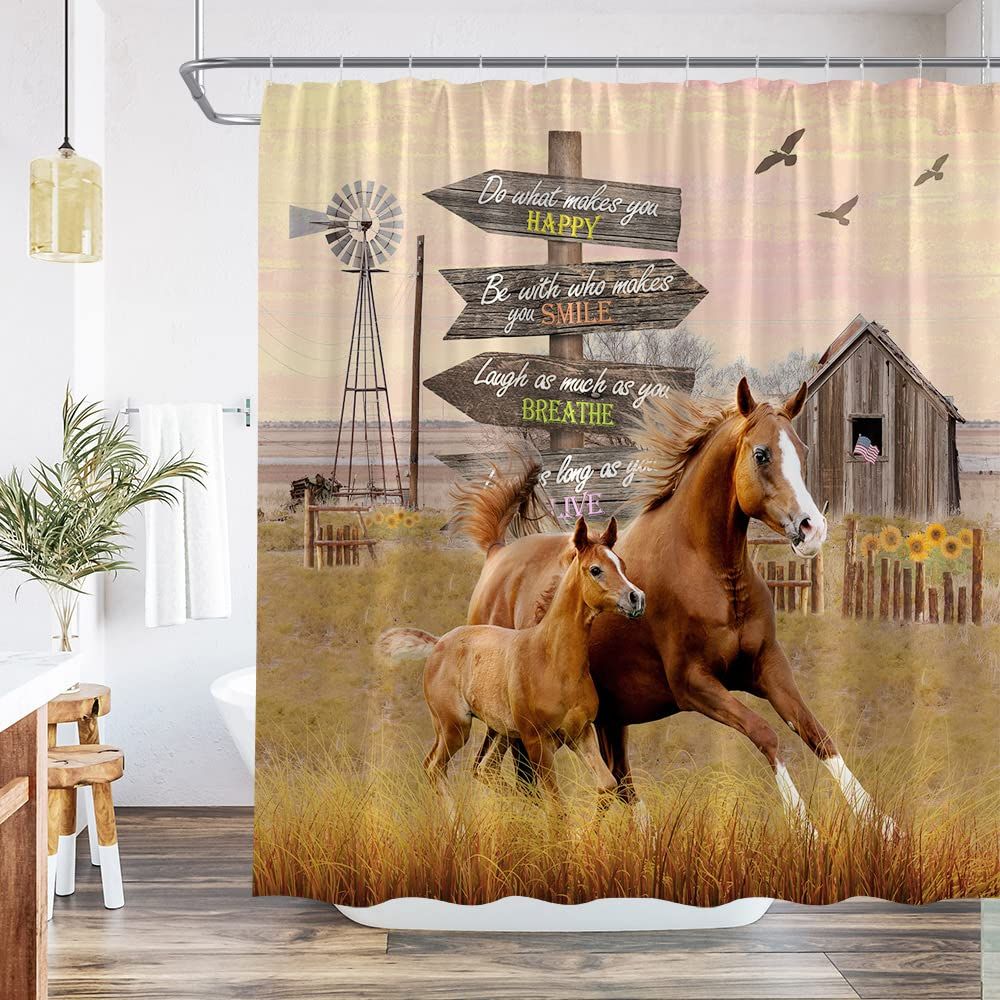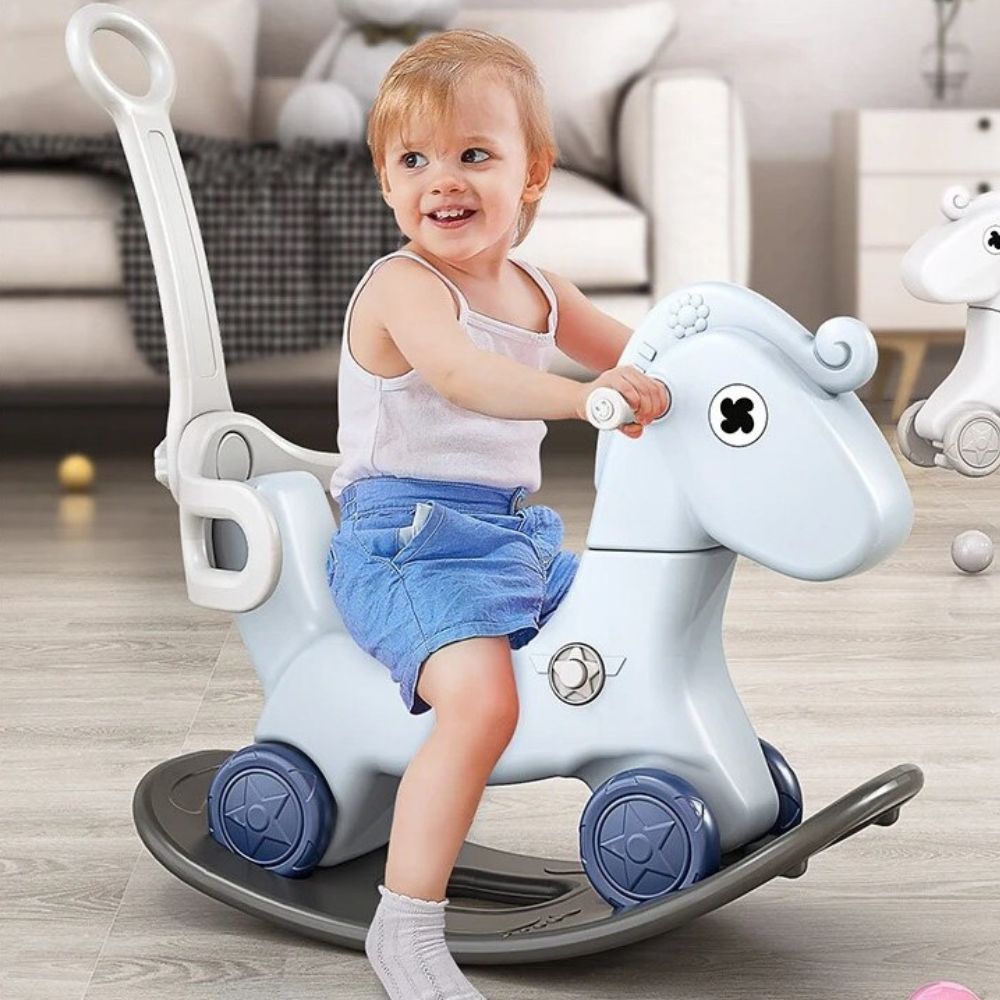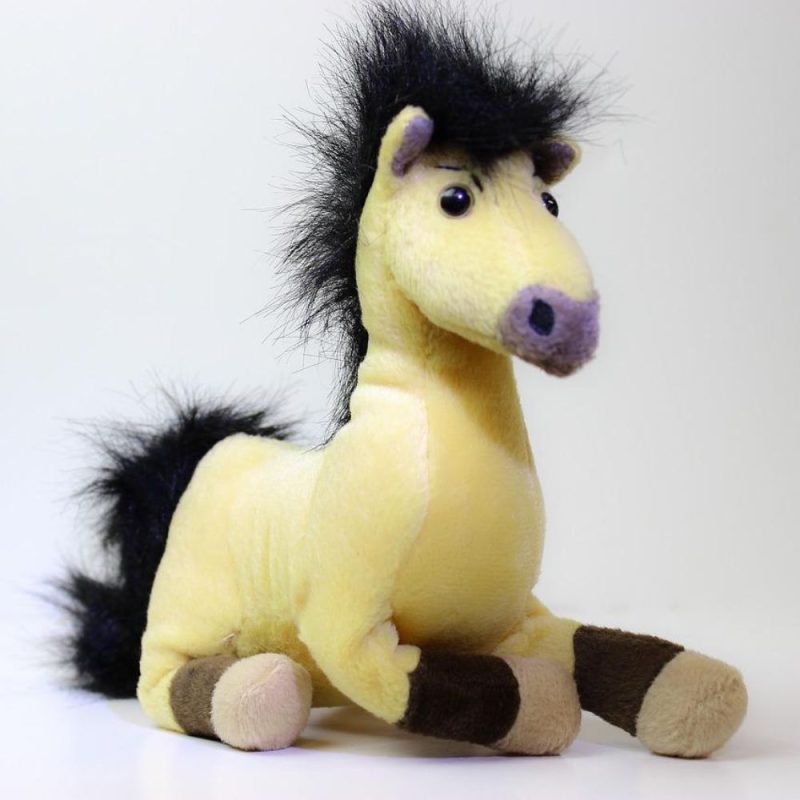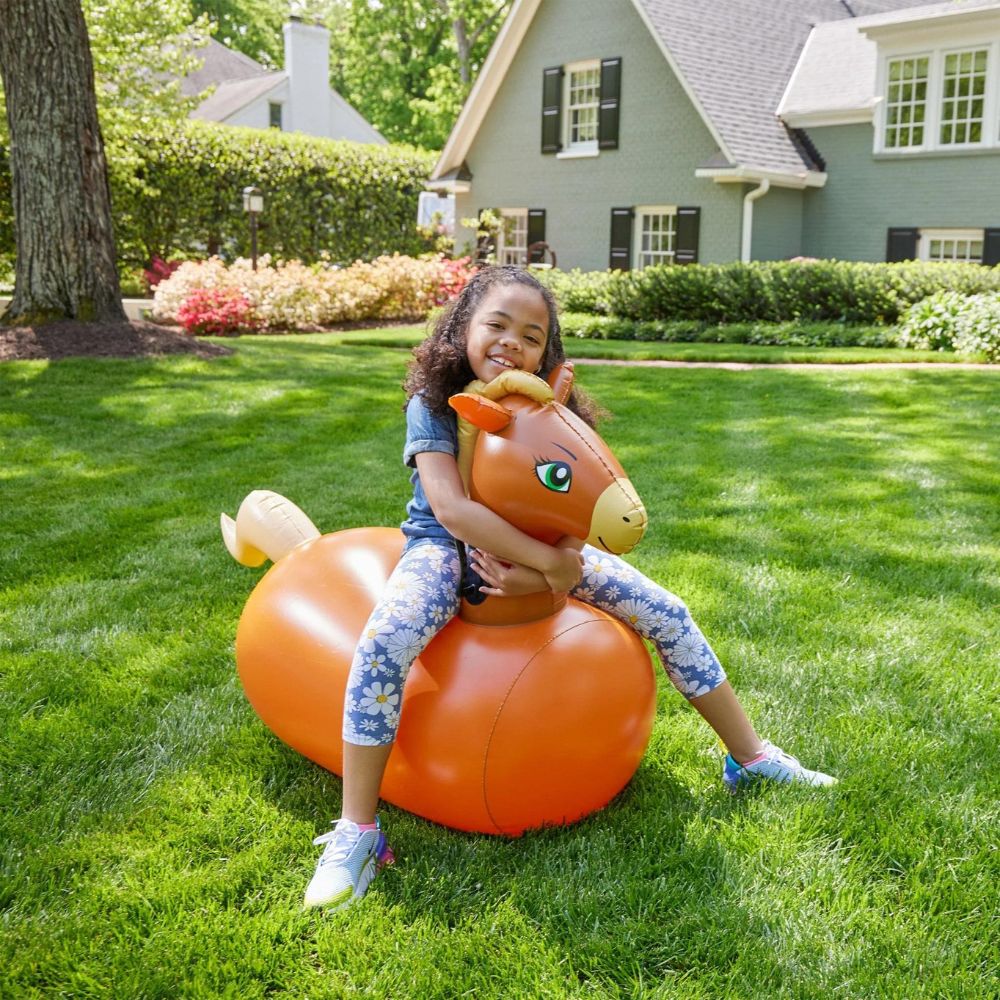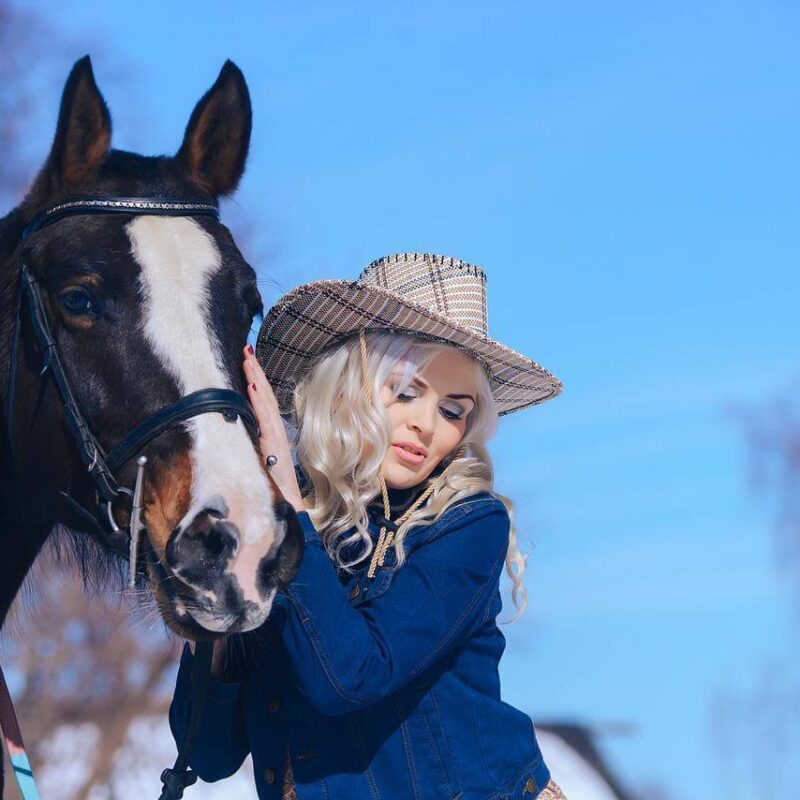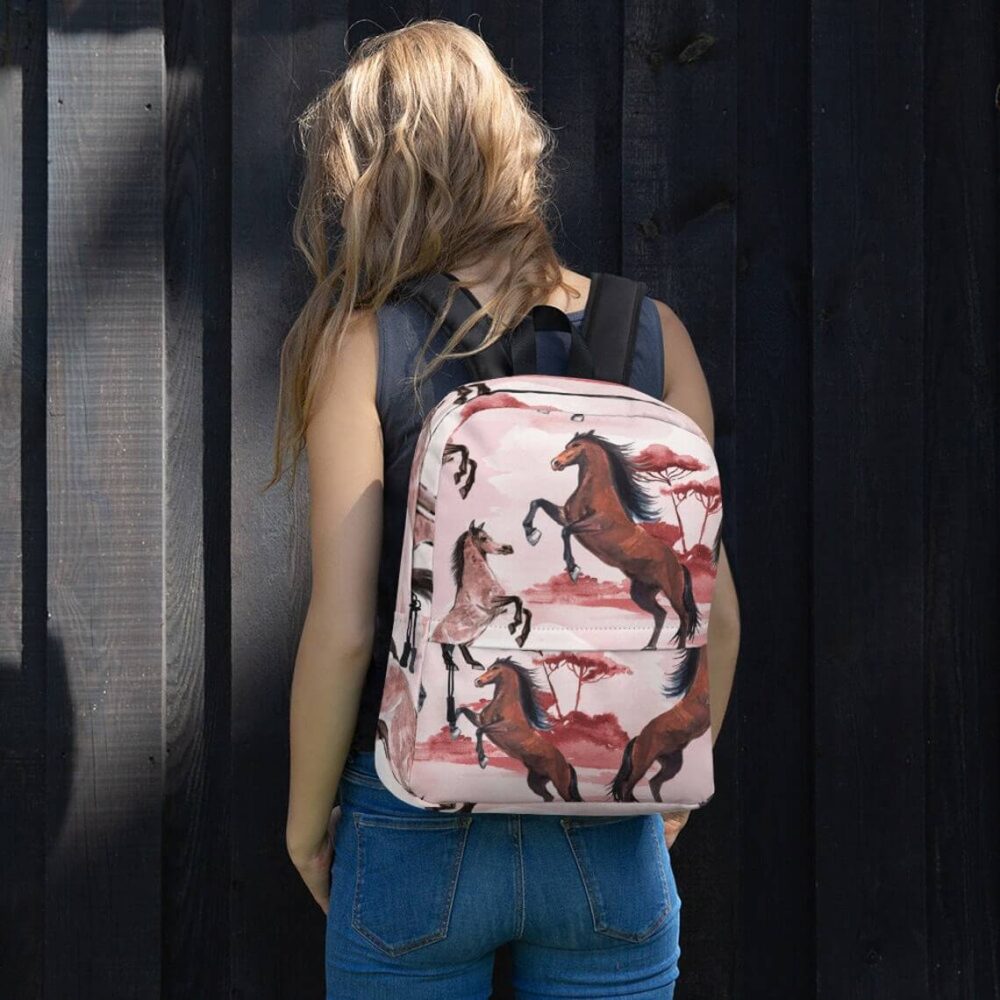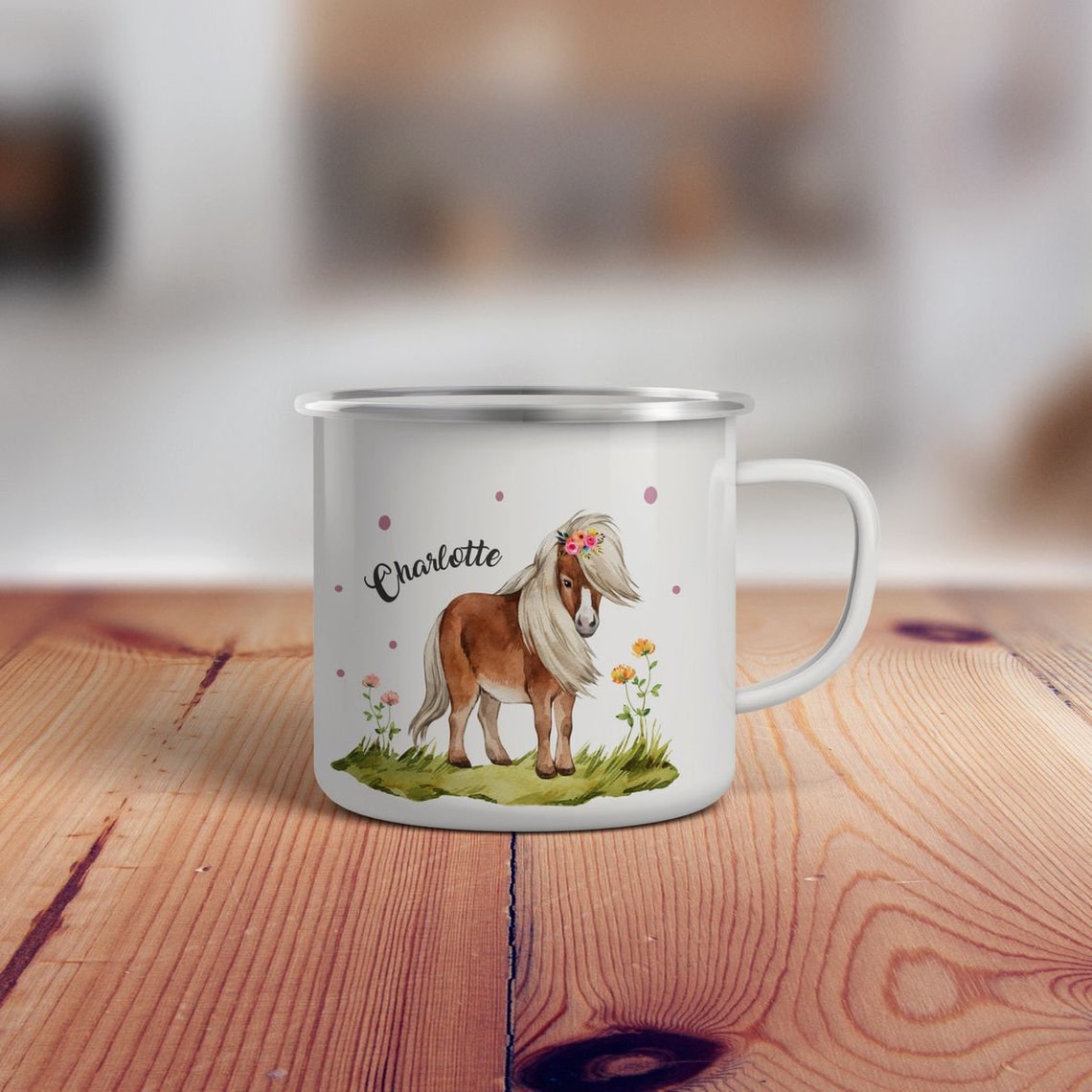
How Many Ribs Does a Horse Have? The Surprising Answer
The first time I ran my fingers along the sleek, muscular side of a horse, I was struck by the sheer power hidden beneath that glossy coat. It felt like tracing the arches of a living cathedral—each rib a carefully placed pillar holding up an awe-inspiring structure. But how many ribs actually shape that majestic frame? The answer might surprise you.
pHow Many Ribs Does a Horse Have? The Surprising Answer
Horses, like many mammals, have a ribcage designed to protect their vital organs—but theirs is a masterpiece of evolution. A typical horse has 18 pairs of ribs, totaling 36 individual ribs. This number is consistent across most breeds, from petite Arabians to towering Shires. Yet, there’s a twist: some horses might have 17 or even 19 pairs, though these variations are rare.
The first eight pairs are known as true ribs, attaching directly to the sternum with cartilage. The remaining ten are false ribs, with some connecting indirectly to the sternum and others—called floating ribs—ending freely in the muscle. This design allows flexibility while maintaining strength, letting a horse twist, gallop, and even roll with surprising agility. Fun fact: the last rib is often the hardest to find on palpation, hiding like a secret under layers of muscle.
But let’s be honest—counting them isn’t always straightforward. A horse’s deep chest and thick hide can make ribs tricky to spot, especially if they’re well-conditioned athletes. Veterinarians often use ultrasound or X-rays for precise counts, but for most of us, simply knowing the general number is enough to appreciate how perfectly nature has built these creatures.
h2Why Do Horses Have So Many Ribs?
Ribs aren’t just bones; they’re a survival toolkit. Horses evolved as prey animals, and their ribcage had to balance protection with speed. The 18-rib design creates a spacious thoracic cavity, giving their lungs room to expand during a full-out gallop—critical for escaping predators. Those floating ribs? They act like shock absorbers, flexing to cushion impacts when a horse jumps or stumbles.
Interestingly, this structure also supports digestion. A horse’s long, horizontal ribcage helps distribute the weight of their massive digestive system, preventing undue pressure on any single organ. It’s a small detail with big implications for their health.
h2Comparing Horse Ribs to Other Animals
Ever wondered how horses stack up against cows, dogs, or even humans? Here’s the rundown:
- Cows: 13 pairs (26 ribs)—much fewer, but their broader ribs support a ruminant’s digestive bulk.
- Dogs: Typically 13 pairs, though smaller breeds may vary.
- Humans: Just 12 pairs (24 ribs), a reminder of how specialized horses are for endurance.
The horse’s extra ribs highlight its niche as a fleet-footed grazer built for both speed and stamina.
h2Can a Horse Survive with a Broken Rib?
It’s a worry every equestrian faces. Rib fractures in horses are serious but not always fatal. Because their ribs are curved and reinforced by muscles, minor cracks can heal with strict rest. Severe breaks, though, risk puncturing lungs or other organs—a scenario where swift veterinary care is crucial. Signs of trouble include labored breathing, swelling, or sudden reluctance to move. Prevention? Proper tack fit and avoiding overcrowded spaces where kicks or falls might occur.
h2Ribs and Rider Comfort
Your saddle’s fit hinges partly on those ribs. A well-designed tree follows the natural curvature of the ribcage, avoiding pressure points. Ever seen a horse flinch when girthed? That might be a pinched rib. Custom saddle fitting isn’t just luxury; it’s anatomy in action.
h2The Emotional Rib: A Horse’s Silent Language
Watch a relaxed horse sigh, and you’ll see its ribs expand like bellows. Stress, though, tightens everything—ribs included. Learning to read the subtle rise and fall of a horse’s sides can tell you more about its mood than any whinny.
There’s something humbling about realizing how much depends on these hidden bones. They’re the unseen framework for every gallop, every gentle nuzzle, every quiet moment in the stable. Next time you brush your horse’s side, take a second to appreciate the quiet engineering beneath your hands—the architecture of trust, strength, and grace that makes a horse, well, a horse.
So, how many ribs does a horse have? Now you know: usually 36, each one a testament to evolution’s brilliance. But more than a number, they’re a reminder of how beautifully form follows function in these animals we’re lucky enough to share our lives with. Ride on, and let that knowledge deepen every stride.







